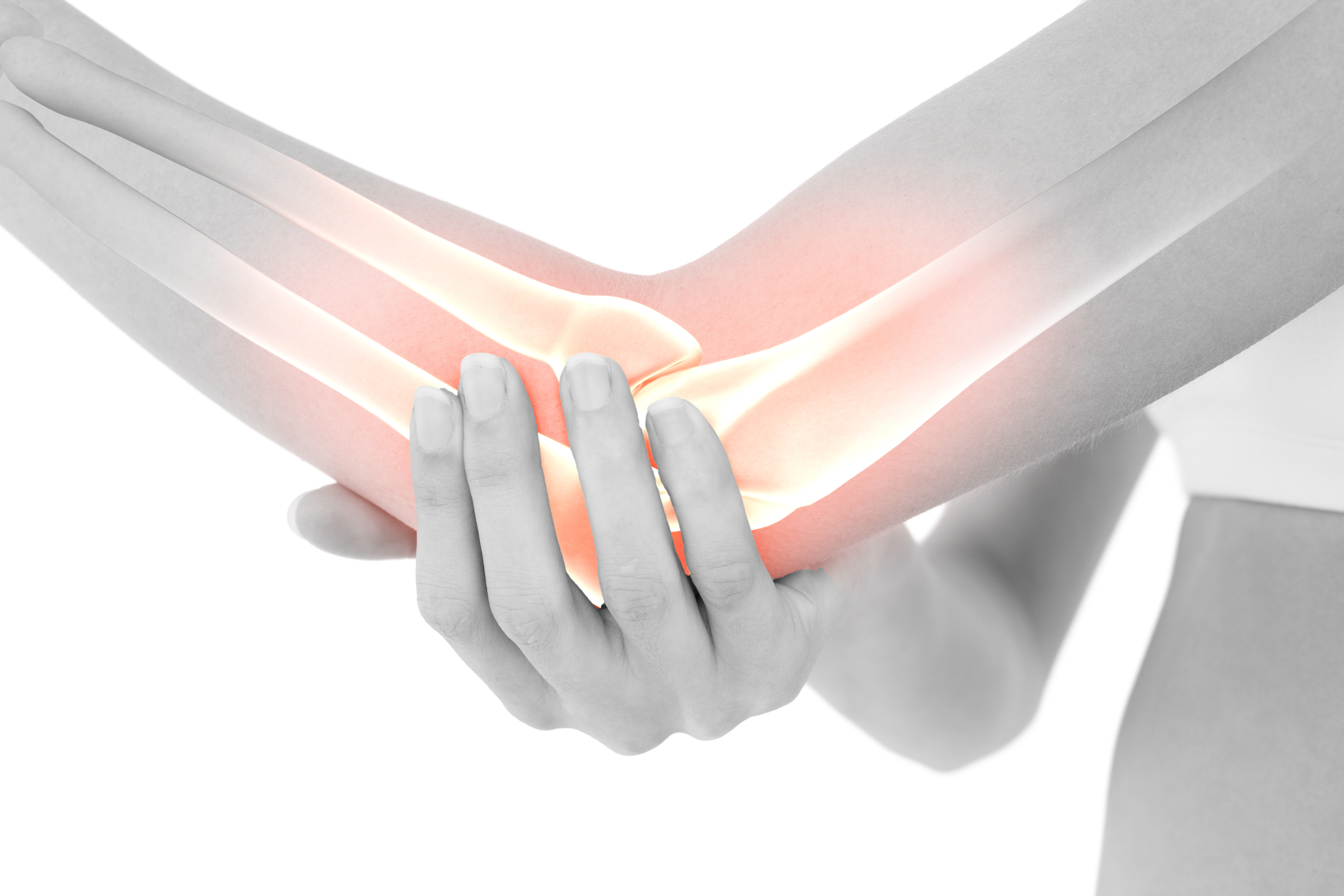The most common type of elbow condition is overuse or traumatic injury to the ulnar collateral ligament (UCL), especially for anyone who does a lot of throwing. The UCL is on the inside of the elbow and it connects the humerus (upper arm bone) to the ulna – the two bones in the forearm. Athletes that throw as hard as they can will become easily fatigued and injured.
Reconstruction of the UCL is one method to treating this type of injury. This surgery is also more commonly known as Tommy John Surgery, after the first successful surgery was done on a Los Angeles Dodgers pitcher in 1974. This surgery involves placing a tendon graft over the damaged ligament as a way to encourage the body to heal itself.
Reasons for UCL Reconstruction
A UCL sprain is typically an overuse injury or degradation of the ligament. This degradation happens over the course of a few months or years. Athletes in sports such as baseball, football, and tennis are at particular risk for this type of injury due to the constant overhead movements.
An acute UCL sprain is also possible after a traumatic elbow injury such as dislocation.
Candidates for UCL Reconstruction
UCL surgery will oftentimes be reserved until more traditional treatments such as physical therapy, rest, platelet-rich plasma injections and anti-inflammatories have been tried. If none of those methods seem to work, UCL surgery may be required.
Depending on the location and severity of the tear, some people may be candidates for ligament repair. Always be sure to speak with your doctor to find out the best course of action for your specific injury.
The Procedure
A UCL reconstruction surgery is an outpatient procedure. The surgery will usually only take around 60 – 90 minutes to complete and most patients will not have to spend the night in the hospital.
During the surgery, the UCL is reconstructed by using a tendon from another part of the patient’s body. That tendon can come from the forearm, hamstring, or big toe. This is referred to as a graft. It’s also possible for a graft to come from a donor patient instead of the patient themselves. Sutures and anchors can also be used to repair the ligament depending on the quality of the existing ligaments.
The surgeon will first remove the damaged tissue from the elbow and if there are any undamaged ligaments left, the surgeon will try to incorporate those into the reconstruction. This will help add any extra strength needed.
To attach the graft, the surgeon will drill small holes in the humerus and ulna, securing it with the sutures and/or screws. The graft is then looped through the holes in a figure-eight pattern and the body will eventually use the graft as scaffolding to grow a new ligament.
Recovery
For one to two weeks after the surgery, the elbow will be completely immobilized. Once an adequate amount of time has passed since the surgery, physical therapy will be focused on the surrounding muscles and structures. The forearm, wrist, and biceps will all be worked to prevent a loss of muscle.
Eventually, the elbow can be moved again and physical therapy will be aimed at strengthening the arm and increasing range of motion. Full recovery from the surgery can happen after about four months. Athletes that use a throwing motion may need nine months or longer to fully return to the sport.
If you’re experiencing elbow pain and you think it could be caused by a UCL tear, contact Nebraska Orthopaedic Center. You may be a candidate for reconstruction. Give us a call today and schedule an appointment with one of our incredible physicians.
A relatively new approach is also being used now to repair UCL tears and augment the UCL with a collagen coated ligament augmentation device. Experience with this surgery shows that return to play time can be decreased compared to standard Tommy John surgery. Not all patients with ucl injuries are candidates however and this needs to be determined by the surgeon.
We’re here to help you get back to doing what you love! To Learn more about elbow treatments visit, Elbow Specialists.

